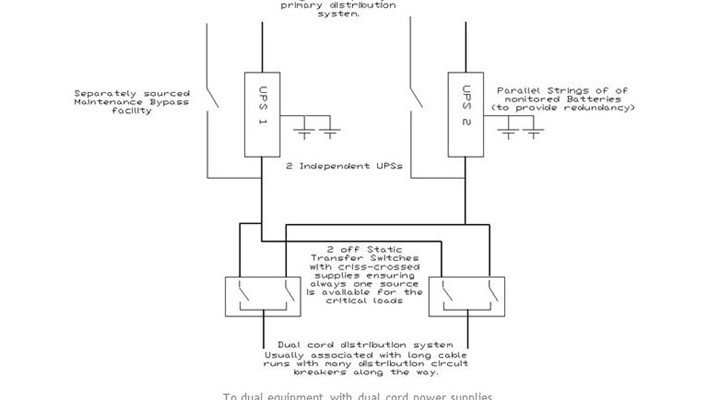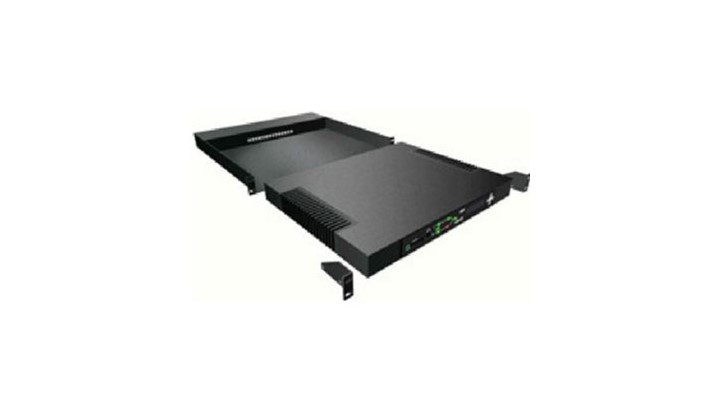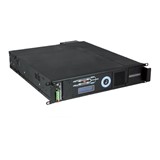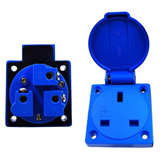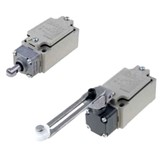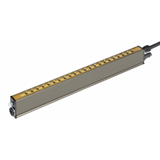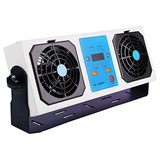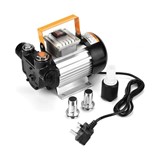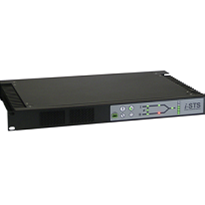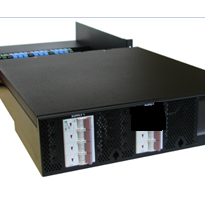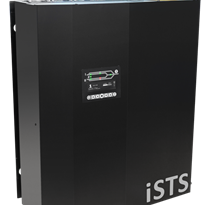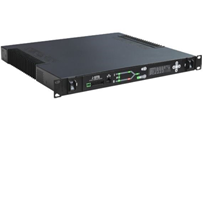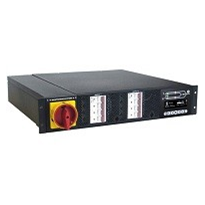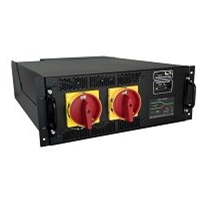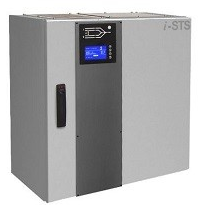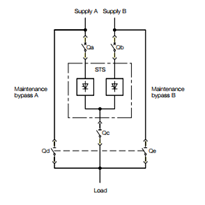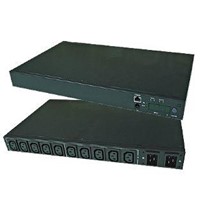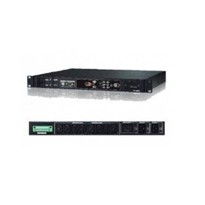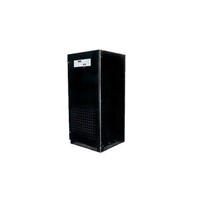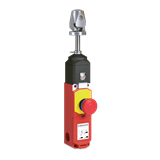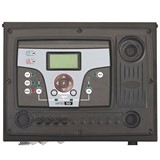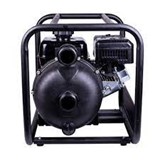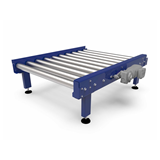One important industrial or commercial site workplace issue is when you have new personnel or personnel unfamiliar with the distribution arrangement (usually because of lack of familiarity, due to seldom use), undertaking switching for the purpose of maintenance results in accidentally switching off the incorrect circuit. This could lead to an unexpected or unplanned shutdown of your processes causing 10’s of 1000’s of dollars of lost production capability.
Infrastructure issues such as the utility, load faults on adjacent circuits and uninterruptible power supply infrastructure failure are also common.
Supply loss may often be avoided by using a “Point of Distribution type” Static Transfer Switch, (STS). Only a true “Solid State” Static Transfer Switch can guarantee continuity of power. There are imposters (ATS and source transfer switches) these are not static and use electromechanical relays to achieve the switch-over. These are not as fast nor as robust as a true “Static Transfer Switch”. In addition, a true Static Transfer switch has more sophisticated controls, monitoring and redundancy than the inferior relay based units. Whilst they may be cheaper, savng 10’s of 100’s of dollars can be achieved by spending a few more dollars for a proper solution. STS’s are compatible with IT infrastructure RCD environments.
The STS is placed close to the load so that in case of upstream incorrect switching and loss of power the STS detects this and switches over instantly to another alternative source. Thus power to the critical process is not lost. Traditionally used in IT applications where critical power is required to sustain processing of information and services the STS protects against Uninterruptible Power supply (UPS) failure by again detecting the degradation in source voltage and transferring to the alternate source. In all cases the alternate source can be UPS, mains or a completely alternate distribution feed. Although even the STS could fail and cause loss of power to the critical load, the STS has a MTBF of in excess of 1 million Hrs which is around 115 years. Compared to a utility provider and or UPS suppliers MTBF where they struggle to achieve 1/10th of that (MTBF of 100,000 Hrs is typical for a UPS). With a UPS alone you can expect more than 10 times more outages over the same period. Whilst the critical load could go faulty and cause adverse consequences, where an STS is incorporated the STS will not transfer the fault to the alternate source even if the fault causes voltage distortion or dips. This ensure that both sources are not degraded by transferring the fault from one supply to the other.
Point of distribution type STSs are generally of small rating and are rack mounted or wall mounted close to the equipments that they are supplying power to. A single STS can feed many different equipments and circuits, however, the more distributed the lesser the impact should there be a supply failure at the critical load as was the previous approach when single large STSs were used as part of the primary distribution system. Building in additional redundancy and segregation of function by the IT manager can ensure that a single point of failure has minimal affect on their day to day operations.
Firstly the STS isn’t as a complex a device as a UPS or a utility distribution system. An STS has just one function (to detect and transfer). A UPS has many more components, often with devices and modules operating in parallel each with very complex power switching tasks. All these components and parallel modules are subject to cascading and catastrophic failure most often causing large currents to fow tripping upstream protective devices. The STS if placed after the UPS and close to the critical load to be protected will provide the redundancy and protection and prevent that loss of power.
Typically power distribution for most critical items in an IT centre are provided by a dual cord distribution scheme. Keeping each of the sources of the dual cord as independent as possible signifcantly improves supply availability for the critical loads. STSs have been traditionally used to provide redundancy for single corded power supply devices. A higher level of security for dual corded devices are achieved by using 2 cross connected STSs.
Static Power Pty Ltd. design and manufacture a range of Static Transfer Switches trade marked “i-STS” in Australia and they have been doing so for more than 15 years. In that time they have achieved international success with their rugged, reliable range of units that suit all power requirements. For further equiries visit http://www.i-sts.com.au


